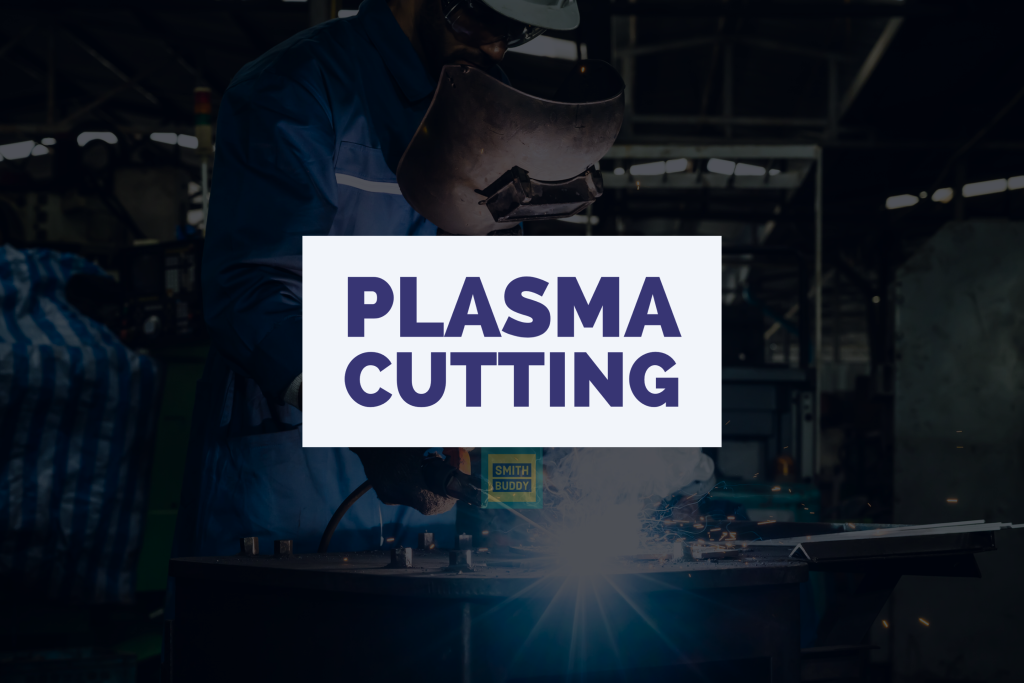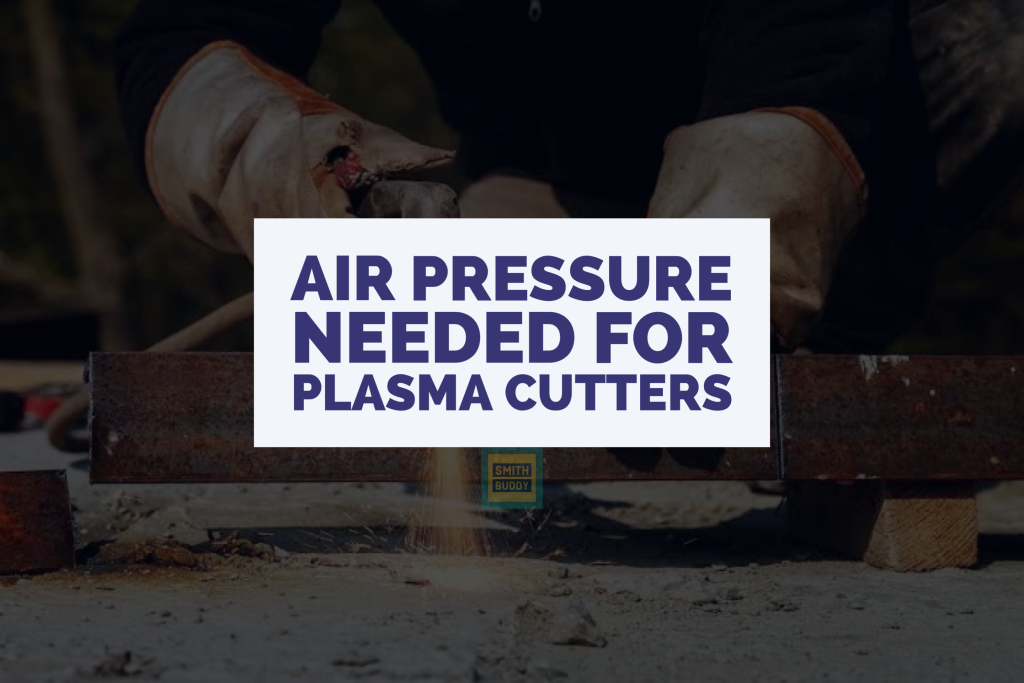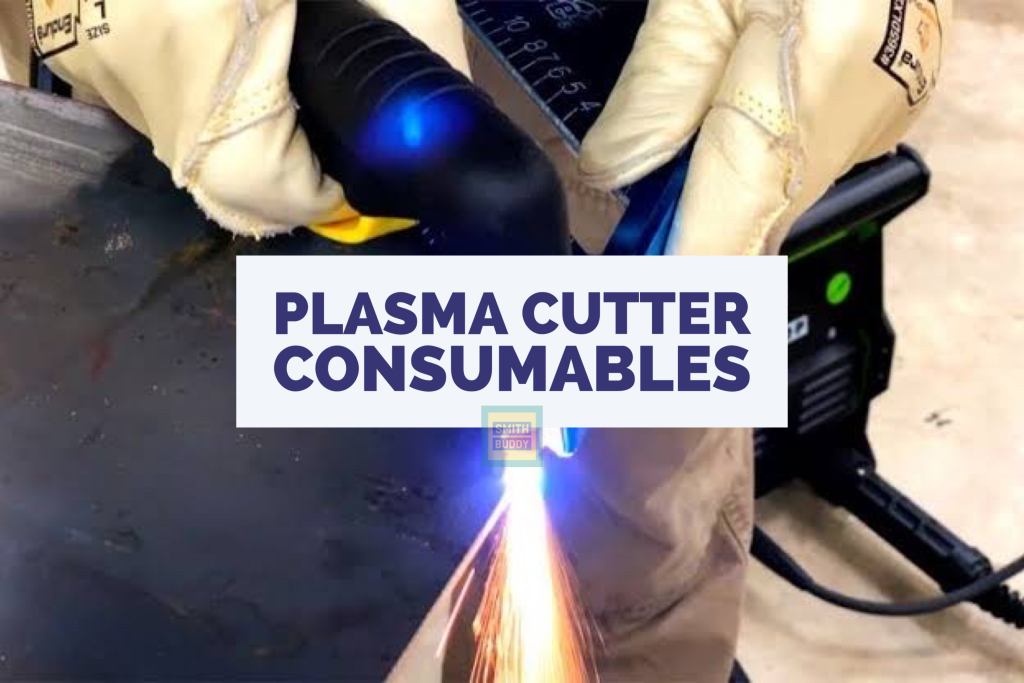A robotic plasma cutter is a powerful tool that can be used to cut a variety of materials with precision and accuracy. It is capable of cutting through thick steel, aluminum, and other metals with ease, and its robotic capabilities allow for higher cutting speeds and accuracy than ever before.
With its ability to automate the process of cutting metal, the robotic plasma cutter is a valuable asset for any business or hobbyist that needs to cut metal quickly and accurately. Its robotic capabilities also make it ideal for use in a variety of industrial and commercial applications.
What is a Robotic Plasma Cutter?
A robotic plasma cutter is a robotic system that utilizes a high–temperature plasma arc to cut and shape the material. It is a highly automated system that can complete complex cutting tasks with high precision and speed. The plasma arc is created when a gas is ionized, causing it to become electrically conductive. This arc is then directed through a nozzle to cut through the material.
Robotic plasma cutters are used in a variety of industries, such as aerospace, automotive, and shipbuilding. They can cut through a wide range of materials, including steel, aluminum, brass, and stainless steel. The robotic plasma cutter is capable of cutting intricate shapes and can be used to cut intricate shapes in thick materials.
A case study on the efficiency of an automatic plasma arc cutter was conducted in 2020. The study found that the robotic arc-cutting method was able to cut 100% of the material in a fraction of the time compared to a manual cutter. The robotic plasma cutter was also able to maintain a higher level of precision and accuracy, resulting in fewer errors and less wasted material. The study found that the robotic plasma cutter was able to reduce costs by 30% while increasing production by 20%. This demonstrates the effectiveness of robotic plasma cutters in improving efficiency and reducing costs.
Benefits
Robotic plasma arc cutting offers many benefits to businesses and manufacturers that chose to use this form of cutting.
One of the primary benefits is the speed and accuracy of the cutting process. Plasma arc cutting is much faster than traditional cutting methods and provides a much higher degree of accuracy and precision. This makes it effective for cutting intricate shapes and patterns with a high degree of accuracy. Additionally, the robotic cutting arm can be programmed to follow a specific design, ensuring that the product meets the required specifications.
Another benefit of using robotic plasma cutters is that it can be used on a variety of materials, including aluminum, stainless steel, titanium, and copper. This makes it a versatile cutting option for businesses that need to work with a wide range of materials.
Fully automated plasma arc cutting also offers businesses the ability to reduce costs. By automating the cutting process, businesses can reduce the amount of labor required and the amount of time spent on the cutting process. Additionally, tit can be programmed to increase efficiency, allowing businesses to reduce the amount of material waste.
Overall, The cutting process generates fewer fumes and emissions, making it a more sustainable choice for businesses that are looking to reduce their environmental impact.
Negative sides
- The cost of robotic plasma cutting machines can be quite expensive due to the complexity of the technology, and the need for programming and maintenance.
- Regular maintenance is essential with robotic plasma cutting in order to keep the machine running efficiently and safely.
- Robotic plasma cutting is limited to cutting materials with a thickness of 0.25” or less, so thicker materials need to be cut with other methods.
- Programming robotic plasma-cutting systems can be difficult and time–consuming, requiring a certain level of technical expertise
Handheld Vs Robotic Plasma Cutter
Handheld plasma cutters are operated by a human and are typically used on smaller projects. They are generally easier to operate and offer more portability than robotic plasma cutters. Handheld plasma cutters can be used for a variety of materials, including mild steel, stainless steel, aluminum, and copper. Examples of handheld plasma cutters are the Hypertherm Powermax45, Miller Spectrum 625 X–treme, and Lincoln Electric Tomahawk 625.
So, the hand-held cutters are:
- Easier to transport due to their lightweight design
- Require more manual labor to operate
- More affordable
- Less precise and accurate
Robotic plasma cutters are operated by a robotic arm and are typically used on larger projects. They are more efficient than handheld plasma cutters and allow for a greater degree of accuracy and repeatability. Robotic plasma cutters can also be used for a variety of materials, including mild steel, stainless steel, aluminum, and copper. Examples of robotic plasma cutters are the Kjellberg HiFocus 260i, ESAB AristoCut Compact, and Hypertherm Powermax1000.
So, the robotic plasma cutters are:
- Heavier and less portable
- Automated operation
- More costly
- More precise and accurate
Are CNC plasma cutters & Robotic Plasma cutters the same?
No, they are not the same. A CNC Plasma Cutter is a computer–controlled cutting machine that uses a plasma torch to cut through metal and other materials. A Robotic Plasma Cutter is a machine that has been automated with a robotic arm to control the cutting process. The robotic arm allows for greater accuracy and speed when cutting.

A CNC (Computer Numerical Control) plasma cutter is a machine that utilizes a plasma torch to cut metal with precision. It is computer–controlled and uses a software program to guide the plasma torch along a desired cutting path. The CNC plasma cutter is a stationary machine, meaning it is not able to be moved around a facility or job site. It is typically used in large production lines or fabrication shops requiring high-precision cuts.
A robotic plasma cutter is similar to a CNC plasma cutter, but it is mounted on a robotic arm. This arm can be programmed to move the plasma torch in any direction and position, allowing the cutting torch to be used in various locations and applications. The robotic plasma cutter is mobile, meaning it can be taken to a job site in order to make on–site cuts. It does not require the same level of precision as a CNC plasma cutter, but it is more flexible and can access hard–to–reach areas.
So, a CNC plasma cutter is stationary and used for high-precision cuts, while a robotic plasma cutter is mobile and used for more flexible cutting applications.
Challenges of Robotic Plasma Cutter Implementation
Below are the major challenges if any organization wishes to implement this technology for flexible metal cutting.
Cost: Robotic plasma cutting is one of the most expensive methods of cutting available. It requires a significant investment in both the hardware and software and often requires specific training for the operator. This can be a challenge for many companies that are just beginning to explore automated cutting solutions.
Accuracy: The precision of robotic plasma cutting depends on the quality of the hardware and software used, as well as the operator’s skill and experience. If the equipment or software is not up to par, then the cut pieces may not meet the desired precision, leading to wasted material, time, and money.
Flexibility: Robotic plasma cutting is best suited for repetitive tasks, such as production runs. It can be difficult to quickly adjust the robot’s settings to accommodate different shapes and sizes, or to make changes mid–run.
Maintenance: Robotic plasma cutting systems require regular maintenance and calibration, which can be costly and time–consuming.
A case study from the University of Maine provides a good example of the implementation challenges of robotic plasma cutting. The university was using a plasma-cutting robot to produce parts for wind turbines. The robot was not cutting accurately, and the university found that the operator had not been properly trained on the software and was not performing regular maintenance on the system. After several months of re–training the operator and troubleshooting the system, the university was able to improve the accuracy of the cuts and reduce the amount of waste material.
Approximate cost
The approximate cost of implementing robotic plasma cutters will vary depending on the type of model, size, and features of the unit that you purchase. Generally, robotic plasma cutters start around $20,000 for a basic model and can range up to $100,000 or more for a more advanced model with additional features.
The cost of the unit will also depend on the size of the machine and the cutting material that it is able to cut. Additional costs may include installation, maintenance, service, and safety measures.
In Conclusion
Robotic plasma cutters are a reliable and efficient way to maximize production and minimize costs in modern manufacturing facilities. With their precision and accuracy, robotic plasma cutters can produce high–quality cuts quickly and accurately. As the technology continues to improve, robotic plasma cutters will become even more efficient and reliable. By implementing robotic plasma cutters, businesses can improve their overall production rate, reduce labor costs, and maximize the quality of their products.





